As a lifelong cat lover and founder of CatCareLab, I’ve seen countless cases where worried pet parents ask, “Why won’t my cat gain weight?” It’s a question that tugs at your heartstrings—especially when you’re pouring love (and kibble) into your furball, only to watch them stay bony or even lose weight. Let’s cut to the chase: if your cat isn’t gaining weight despite eating well, there’s always a reason—and it’s rarely “just genetics.” From hidden parasites to dietary pitfalls, we’ll dive into the science-backed causes and actionable fixes to help your feline thrive.
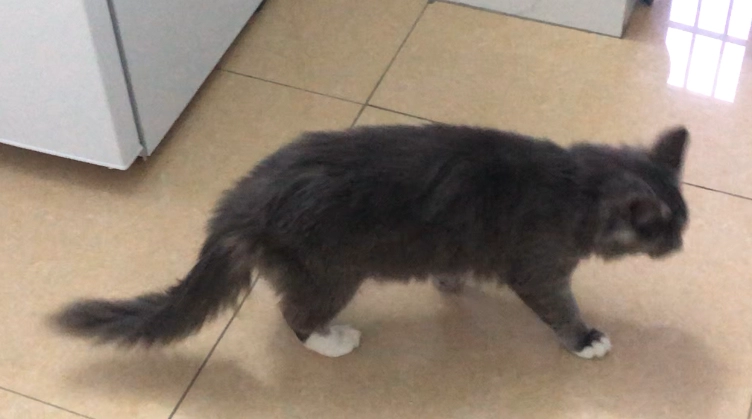
1. The Silent Nutrient Thief: Parasites
Imagine feeding your cat a feast, only to have microscopic freeloaders steal every bite. Intestinal parasites like roundworms, tapeworms, or hookworms are notorious for draining nutrients before your cat can absorb them. Symptoms often include diarrhea, vomiting, or a dull coat, but some cats show no obvious signs except chronic skinniness.
What to do:
Routine deworming: Vets recommend monthly preventative treatments for outdoor cats and quarterly doses for indoor cats.
Fecal tests: Annual vet checkups should include stool analysis to catch stealthy infestations.
2. The Gut Health Crisis: Poor Digestion
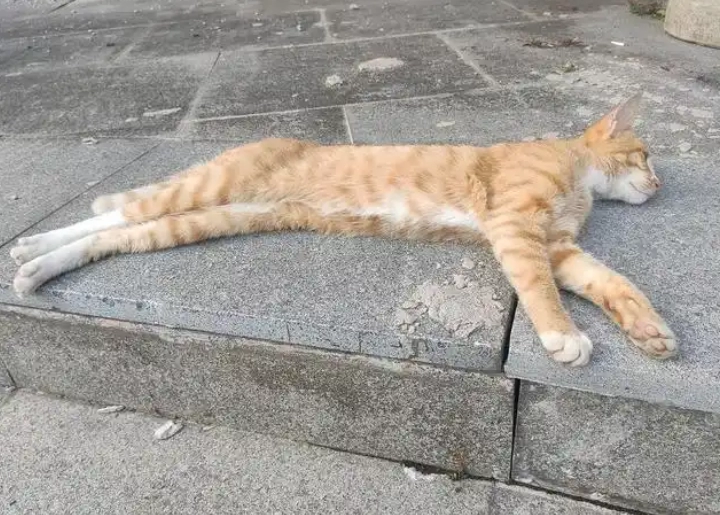
Your cat’s gut is their nutrient powerhouse—but issues like chronic diarrhea, inflammatory bowel disease (IBD), or pancreatitis can turn it into a leaky pipeline. Research from the Cornell Feline Health Center shows 30% of underweight cats suffer from malabsorption syndromes.
Red flags:
Frequent loose stools or “greasy” feces (a sign of undigested fat).
Ravenous appetite with no weight gain.
Solutions:
Probiotics: Studies from the University of California, Davis, found certain strains improve nutrient absorption.
Hydrolyzed protein diets: Easily digestible formulas reduce gut inflammation.
3. The Food Fraud: Low-Quality Diets
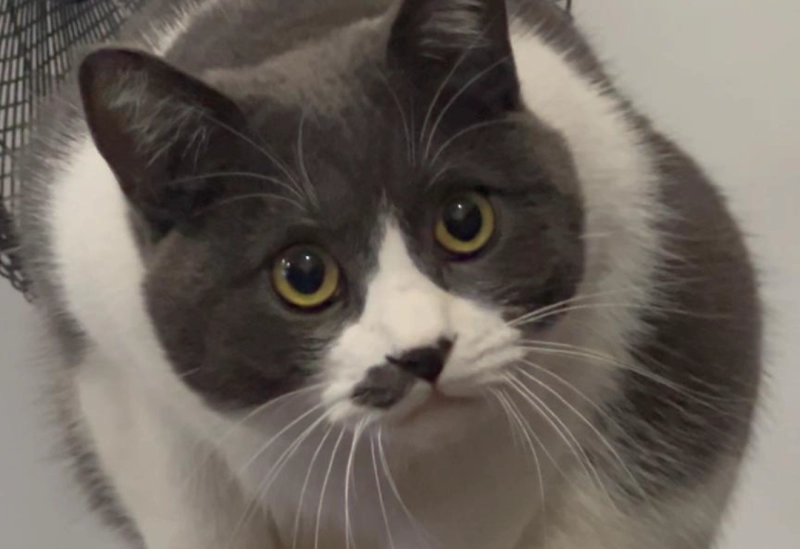
Not all cat foods are created equal. Many budget brands pack fillers like corn, wheat, or soy—ingredients cats can’t efficiently digest. A recent study in the Journal of Feline Medicine revealed that cats fed grain-heavy diets absorbed 40% less protein than those on meat-based meals.
Upgrade your kibble:
Look for high animal protein and low carbohydrate content on labels.
Top picks: Brands focusing on biologically appropriate ratios are ideal.
4. The Overlooked Culprit: Hyperthyroidism
Common in cats over 10, hyperthyroidism revs up their metabolism like a broken furnace, burning calories faster than they’re consumed. The American Association of Feline Practitioners notes 10% of senior cats develop this condition.
Warning signs:
Weight loss despite increased appetite.
Hyperactivity or restlessness.
Treatment:
Radioiodine therapy: A single injection at specialized clinics can cure most cases.
Methimazole: Daily medication manages symptoms if surgery isn’t an option.
5. The Activity Paradox: Calorie Burn vs. Intake

Kittens and high-energy breeds like Bengals or Abyssinians often struggle to gain weight due to their sky-high activity levels. Recent research in Animal Behaviour found some cats burn up to 20% more calories daily than their sedentary peers.
Balancing act:
Calorie-dense foods: Mix in freeze-dried raw toppers or kitten-formula kibble.
Scheduled meals: Feed 4–5 small portions daily to prevent energy crashes.
Your Action Plan: Building a Healthier, Fuller Figure
Rule out medical issues with a vet visit (bloodwork, ultrasound, fecal exam).
Transition to high-quality food over 7–10 days to avoid stomach upset.
Track progress: Weigh your cat weekly and adjust portions as needed.


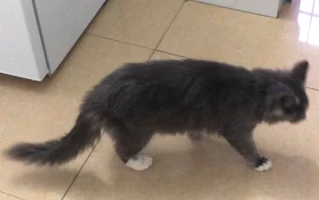
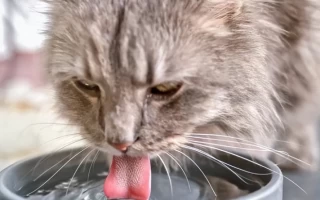
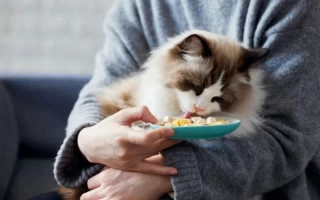
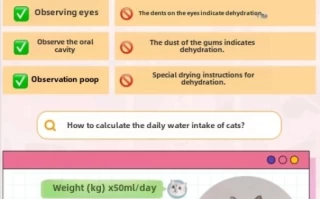
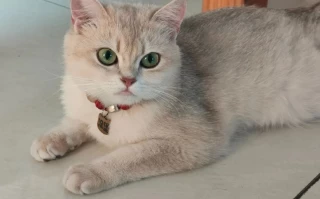
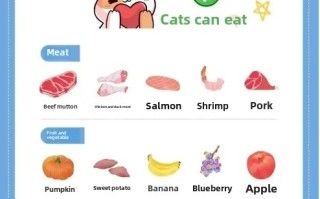
No comments yet, come on and post~